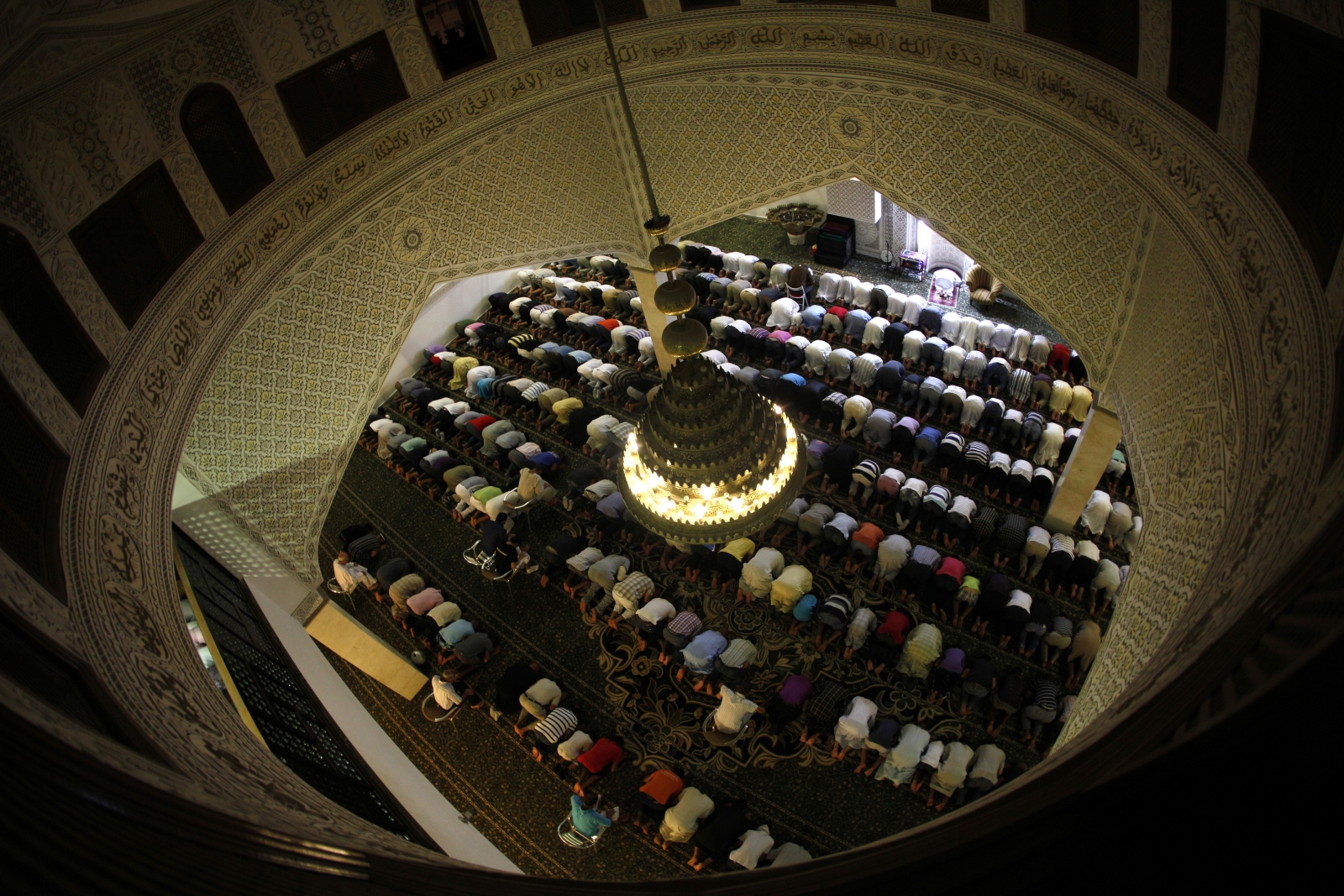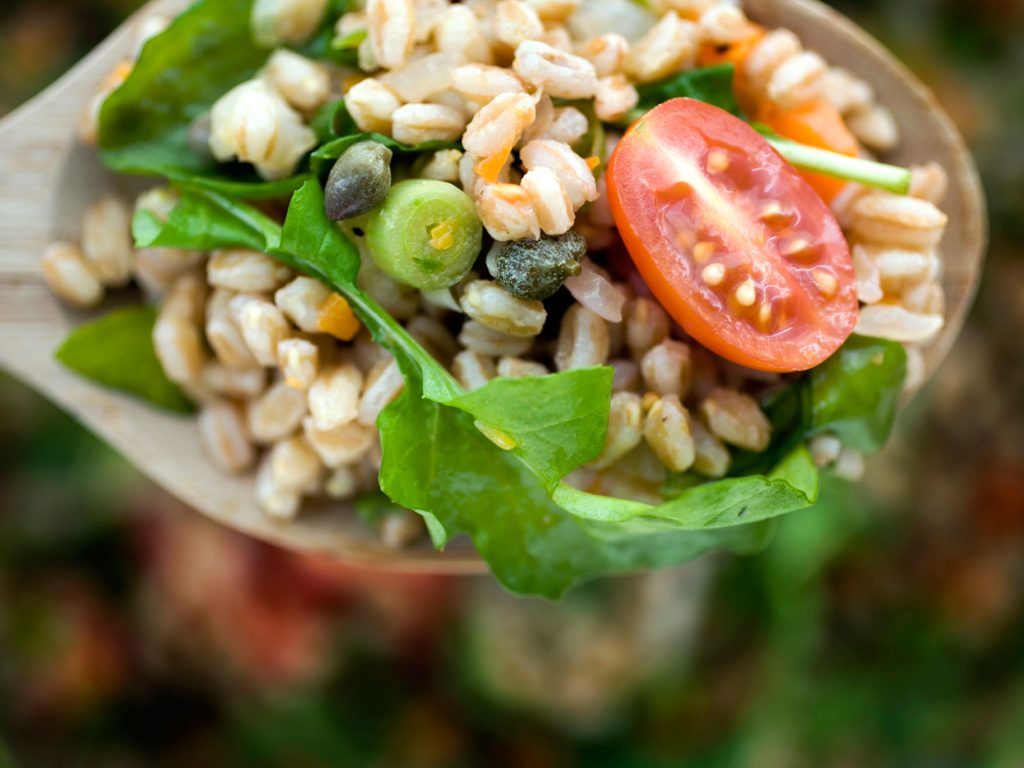Long but worth the read. Very moving account.
One day, when I was in Grade 10, I was in my bedroom doing math homework. My mother walked in. She told me I’d received a marriage proposal. I laughed. “Mom, what are you talking about?” I asked. She didn’t crack a smile, and I realized she was serious. “I’m only 16,” I said.
“I’m not ready for marriage.” She told me that I was lucky. The offer came from a nice man who lived in Canada. He was 28 years old and worked in IT. His sister was a friend of hers. The woman thought I’d make a perfect match for her brother—I was very tall, and he was six foot two. “They’re going to look so great together in pictures,” she had said to my mother.
For weeks, I pleaded with my mom not to make me go through with it. I’d sit at the foot of her bed, begging. She would tell me it was for my own good, and that a future in Canada would give me opportunities I wouldn’t have here at home. She assured me that she’d spoken to his family about my desire to continue my education. “You can go to school in Canada. And we don’t have to worry about you being alone,” she said. The next thing I knew, his parents were measuring my wrist for wedding bangles. The date was set for five months later, in July 1999.
In May 2001, I gave birth to our daughter. When we returned from the hospital, my husband slept on the couch while I stayed with the baby in the second bedroom. I’d never felt so alone. I fantasized about stealing money from my husband’s wallet and taking a cab to the airport, calling my parents and asking them to buy me a plane ticket home. But I didn’t want to leave my daughter behind.
When she was a few months old, we bought a four-bedroom house in Streetsville with his parents. I was rarely allowed to leave. I never had a penny to my name. My mother-in-law gave me her cast-off clothing to wear. I didn’t have a cellphone. I wasn’t allowed to go to the grocery store on my own. If I didn’t iron my husband’s shirts or make his lunch or finish my chores, he and my in-laws told me that I was a bad wife who couldn’t keep my family happy. I walked on eggshells all the time. If I asked my husband something, he would reply, “Bitch, get out of here.”
Two years in, the abuse got physical. He would grab my wrist and shove me around. I’d be sitting on the couch and he’d slap me upside the head, or grab me so hard on my upper arms that my skin would bruise. Once he tossed a glass of water in my face; I slipped on the floor and threw out my back. Another time he punched a hole in the wall next to my head and told me, “Next time, it’s going to be you.” On several occasions, he picked up a knife and said he was going to kill me and then himself.


